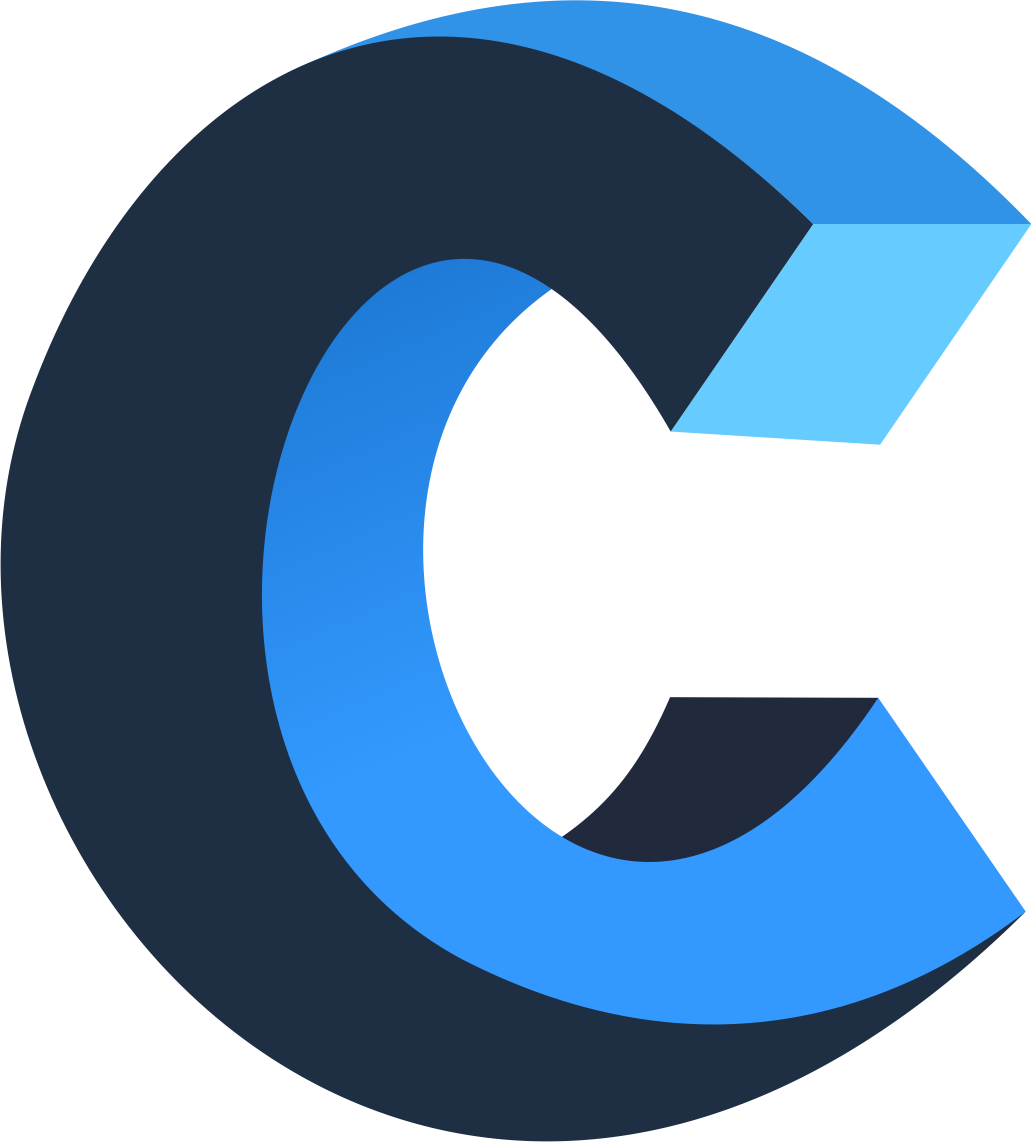Do people with aphasia use AAC?
Augmentative and alternative communication (AAC) offers specific strategies to help people with severe aphasia communicate more effectively in their current communication settings, as they make the transition through care in a hospital, in rehabilitation centers, and at home.
What are some low tech AAC devices?
Examples of Low-tech AAC are PECS (Picture Exchange Communication System), symbol charts, communication boards, communication books, etc. The user selects letters, words, or phrases from the communication charts to convey their message.
What is low tech AAC?
“Low tech” AAC is essentially any sort of communication method that is not an “electronic,” but it requires some sort of equipment outside one’s body. It can be as simple as a pen and a piece of paper, or as involved as a communication book made up of many pages.
What is AAC How can AAC help individuals with a disability?
Any person with a disability where it’s difficult for them to communicate may benefit from AAC. Some people need AAC only for a short time, while others may use it throughout their lives. AAC allows an individual to express their needs and wants, and more fully participate in decisions that affect their lives.
How do you teach someone with aphasia?
Aphasia Communication Tips
- Make sure you have the person’s attention before you start.
- Minimize or eliminate background noise (TV, radio, other people).
- Keep your own voice at a normal level, unless the person has indicated otherwise.
- Keep communication simple, but adult.
- Give them time to speak.
What is the Broca’s aphasia?
Broca’s aphasia is a non-fluent type. Broca’s aphasia results from damage to a part of the brain called Broca’s area, which is located in the frontal lobe, usually on the left side. It’s one of the parts of the brain responsible for speech and for motor movement.
Is Pecs considered low-tech?
❏ Picture Exchange Communication System (PECS): A low-tech option Because many children with ASD respond well to visual information, they may readily learn PECS. PECS makes communication more concrete, more visual, and longer- lasting than spoken messages.
What is considered low-tech?
Low technology (low tech; adjective forms: low-technology, low-tech, lo-tech) is simple technology, opposed to high technology. They often refer to a traditional or non-mechanical kind, such as crafts and tools that pre-date the Industrial Revolution.
Who is a good candidate for AAC?
How do I know if an individual is a good candidate for AAC? AAC is for those individuals who are unable to use verbal speech, yet are cognitively able, or individuals whose speech is extremely difficult to understand. AAC can be a permanent addition to a person’s communication or a temporary aid.
Who can benefit from AAC?
Who can Benefit?
- Children and adults with speech and intellectual disabilities – non-verbal, partially verbal and single word communicators.
- Children and adults with Autism, Cerebral Palsy, Down’s Syndrome, Rett Syndrome, PDD-NOS, Aphasia, Apraxia or any other condition that affects speech.
How do you fix aphasia?
The recommended treatment for aphasia is usually speech and language therapy. Sometimes aphasia improves on its own without treatment. This treatment is carried out by a speech and language therapist (SLT). If you were admitted to hospital, there should be a speech and language therapy team there.
Is aphasia and dysphasia the same?
Aphasia is the medical term for full loss of language, while dysphasia stands for partial loss of language. The word aphasia is now commonly used to describe both conditions.
Are there any devices that help people with aphasia?
They are AT devices that can be explored with persons with aphasia following, ideally, a professional evaluation of their expressive and receptive language (speaking and listening) abilities. Low-tech AAC tools may be made by the user or caregiver.
Why is AAC important for people with aphasia?
Aphasia is challenging for individuals and families. Finding ways to communicate, connect and bring forward interests and intellect is important for maintaining dignity and asserting personhood. Stay tuned for our next post: an aphasia and AAC story from Massachusetts.
Are there any free low tech AAC tools?
They offer a wide-variety of free low-tech AAC tools, including: Advance directives and DNR. Alphabet boards. Appointments. Bedside communication tools. Daily care. Dysphagia icons. Emergency Communication. Eye-gaze boards. Facilitation strategies. Health symbols. Medical procedures. Multi-language materials. Yes/No/Can’t answer.
Is there a National Aphasia Awareness Month?
The Ability Tools Blog. June is National Aphasia Awareness Month. Let’s #TalkAboutAphasia and #AAC! The term “aphasia” is unknown to most people, yet the condition is familiar. An estimated 2 million Americans have acquired ap hasia as result of a stroke, traumatic brain injury or progressive neurological disorder.
